Leila Bengali, regional policy economist at the Federal Reserve Bank of San Francisco, stated her views on the current economy and the outlook as of September 5, 2024.
- Real gross domestic product (GDP) grew at an annualized rate of 3.0% in the second quarter of 2024, according to the U.S. Bureau of Economic Analysis. This growth figure was revised up slightly from the prior estimate and is up notably from the first quarter growth rate of 1.4% and exceeds our trend growth estimate of 1.7%. Given the current restrictive stance of monetary policy, we expect real GDP growth to slow towards trend growth over the forecast horizon.
- Recent data show that inflation continues to trend down but remains above the Federal Reserve’s 2% longer-run goal. The 12-month change in the headline personal consumption expenditures (PCE) price index was 2.5% in July 2024, unchanged from the June number. The 12-month change in the core PCE price index, which excludes volatile food and energy components, was 2.6% in July, also unchanged from June’s reading.
- Much of the current elevated PCE inflation number is attributable to rising prices of core services, which includes housing. Core services inflation has been trending down gradually but remains above levels observed prior to the pandemic.
- Following the conclusion of its latest meeting on July 31, 2024, the Federal Open Market Committee announced its decision to maintain the target range of the federal funds rate between 5.25 and 5.50%, which is well above our 2.75% estimate of the neutral funds rate. The current target range has not changed since July 2023. As inflation has declined, the implied real, or inflation-adjusted, federal funds rate has risen, thereby increasing the degree of monetary policy restraint.
- The Bureau of Labor Statistics reported that nonfarm payroll employment increased by 114,000 jobs in July 2024, which continues the recent cooling trend. The average monthly job gain in 2024 thus far is 203,000, which exceeds the 2019 average monthly job gain of 166,000. The unemployment rate in July edged up to 4.3% from 4.1% in June but remains close to our estimate of the natural rate of unemployment.
- Comparing estimates of available jobs to estimates of available workers indicates that labor market supply and demand have largely rebalanced. As was the case before the pandemic, there are now approximately the same number of job openings and employed workers (a measure of labor demand) as there are people either in or marginally attached to the labor force (a measure of labor supply).
- The labor force participation (LFP) rate is another indicator of current labor market conditions. The LFP rate is the share of the population that is either employed or actively looking for a job. An increase in the LFP rate can make it easier for employers to fill job vacancies. But if employers are reluctant to hire, then potential job seekers may become discouraged and leave the labor force, causing the LFP rate to decline.
- After falling sharply during the early months of the pandemic, the LFP rate has greatly recovered, reaching 62.7% in July 2024, but remains somewhat below its pre-pandemic level of 63.3%. This shortfall is driven by people between the ages of 16 and 24 and those age 55 and older, two groups whose LFP rates have not returned to their pre-pandemic levels. In contrast, the LFP rate for people between the ages of 25 and 54, so-called prime-age workers, is now higher than its pre-pandemic level.
- The recovery pace of the LFP rate for prime-age workers has slowed in recent months. From June 2020 to June 2023, the LFP rate for prime-age workers increased on average about 0.06 percentage points per month for men and 0.09 percentage points for women. However, since July 2023, these figures have declined to 0.03 percentage points per month for both men and women. While the recent pace of the increases in the LFP rate is slightly slower for prime-age women than it was during the later part of the recovery from the 2007–2009 recession, it is slightly faster than it was during the earlier episode for prime-age men. These developments are important because prime-age workers currently represent about 64% of the overall labor force.
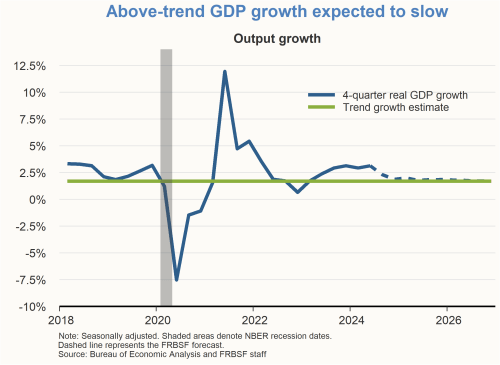
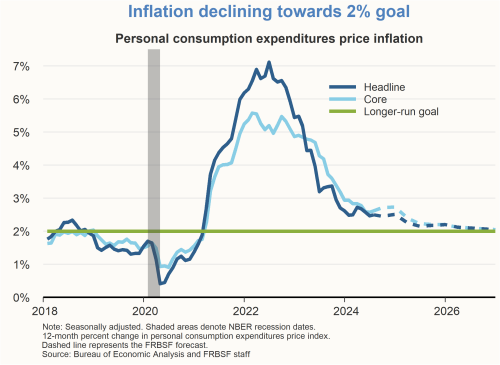
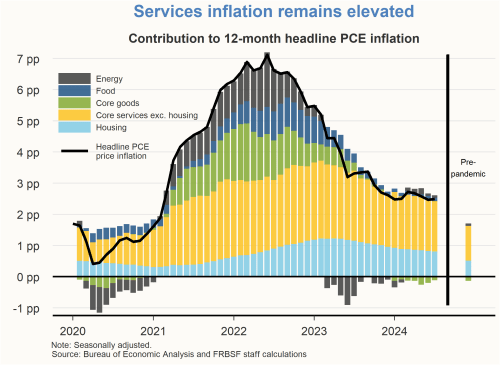
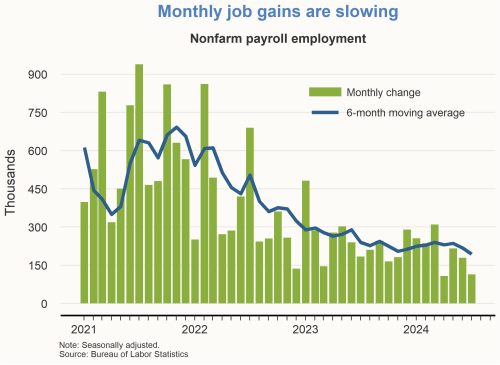
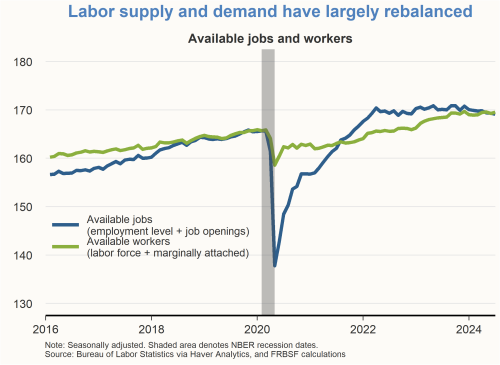
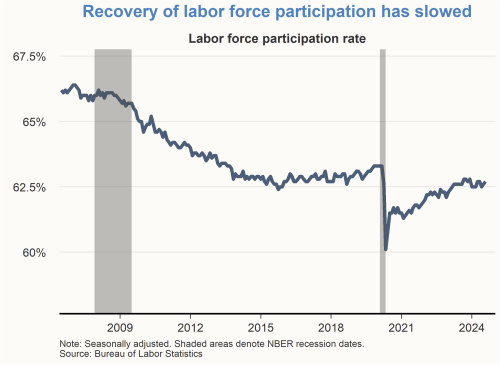
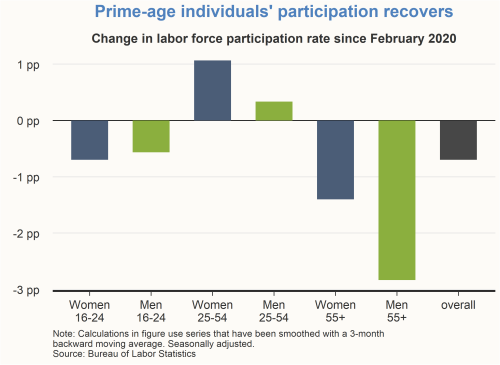
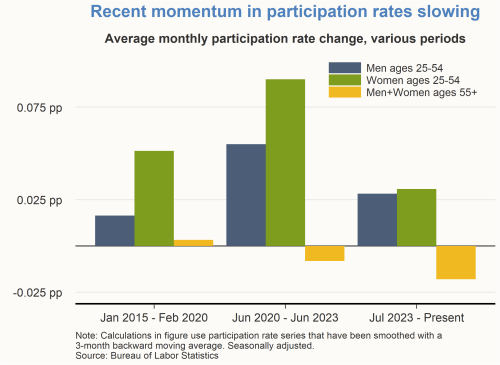
Charts were produced by Caroline Paulson.
About the Author
Leila Bengali is a regional policy economist in the Economic Research Department of the Federal Reserve Bank of San Francisco. Learn more about Leila Bengali
The views expressed are those of the author, with input from the forecasting staff of the Federal Reserve Bank of San Francisco. They are not intended to represent the views of others within the Bank or within the Federal Reserve System. This publication is edited by Kevin J. Lansing and Karen Barnes. FedViews appears eight times a year, generally around the middle of the month. Please send editorial comments to Research Library.

